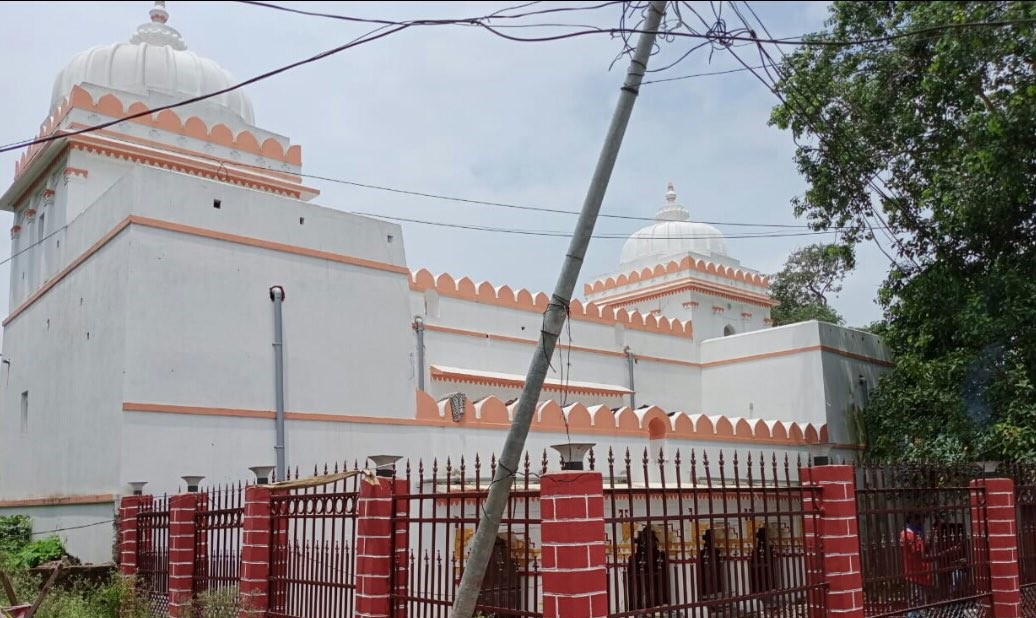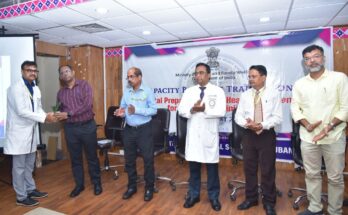Shyamhari Chakra
BHUBANESWAR: In its bid to highlight Sambalpur as the “Gateway to Western Odisha” projecting its heritage, tourism and culture, the Department of Tourism of the state government has been projecting its 370-year-old Rani Bakhri as a major tourists’ attraction.
Rani Bakhri (Oueen’s Palace) – also locally known as Jamadei Mahal – was built during the reign of Baliar Singh, the fifth Chowhan King of Sambalpur, in 1650.
Known to be built for the daughter of the King, the three-storied palace had 16 rooms.
Designed in Rajasthani style of architecture, the structure was in a dilapidated condition till the state government got it renovated recently through the Indian National Trust for Art and Cultural Heritage (INTACH) at a cost of nearly Rs.one-crore.
Located near the famous Samleswari temple – the best attraction for the pilgrims and tourists in Sambalpur – Rani Bakhri heritage site attracts large number of visitors.
To promote and popularise the site, Odisha Tourism Development Corporation (OTDC) has decided to open its flagship Nimantran chain of restaurants soon.
The restaurant would be an added attraction for them as sitting and eating at the historic royal palace besides visiting it would be an exciting experience, the tourism officials hoped.
 With the launch of eco-tourism at Hirakud, the Department of Tourism has been working towards development of a special tourism circuit in and around Sambalpur, the officials shared.
With the launch of eco-tourism at Hirakud, the Department of Tourism has been working towards development of a special tourism circuit in and around Sambalpur, the officials shared.
The circuit would comprise the Hirakud Dam, built in 1956 across the Mahanadi River, at a distance of 15 kilometres from Sambalpur. A major attraction with the two Minars on both ends of the dam, it is known as one of the longest dams in the world with a length of 26 kilometres. It also forms the biggest artificial lake in Asia.
The circuit would also add the leaning temple of Huma built in 17th century, is located at a distance of 25 km while Chipilima Hydro Electric Project at a distance of 37 km from Sambalpur, is famous for the waterfall and the Ghanteswari Temple.




